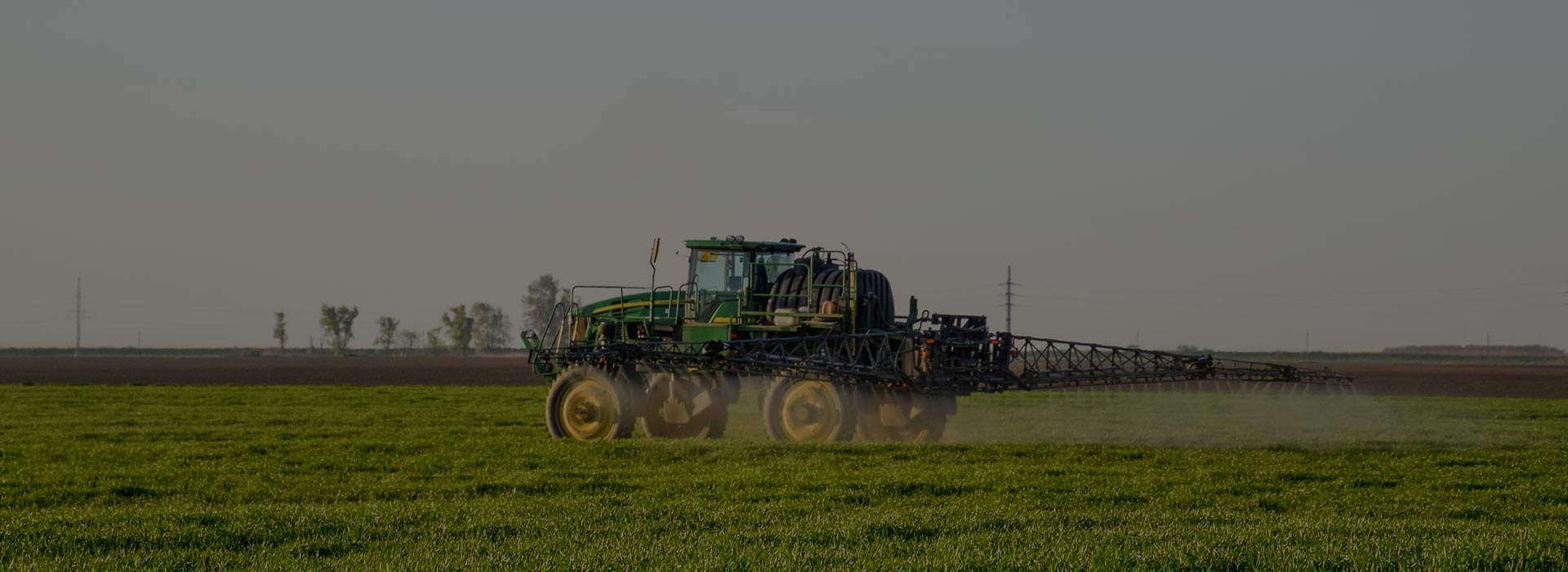Germination
A carnation seed germinates readily without prior treatment, often sprouting in as little as two to three days after it is planted. Temperature and carnation variety affect the germination time, with the seed of some varieties requiring up to 10 days and the seed of others taking up to three weeks to germinate. The seed requires planting at a 1/4-inch depth and sprouts best when the temperature is about 70 degrees Fahrenheit. Keeping the soil moist further helps ensure good germination. A carnation seed doesn't require light to sprout.
Seedling
A carnation seedling emerges with two seed leaves, which absorb sunlight for the plant's early growth stages. As the seedling continues to grow, it produces true leaves, which are the plant's adult leaves. The seed leaves sometimes yellow and wilt after enough true leaves are produced to support the plant. The seedling needs six or more hours of direct sunlight daily and temperatures above freezing to grow. Keeping the seedling's soil evenly moist but not soggy further aids the plant's initial growth.
Flowering and Seeds
A healthy carnation can begin to flower in as little as four to six weeks after sprouting. During the early growth phase, the plant primarily develops foliage and grows to its full height, which can vary from 8 to 24 inches, depending on its variety. The plant needs about 1 inch of water weekly to grow well. After its flowers wilt, the carnation forms seeds. Cutting off the old flowers before they set seeds can prolong the plant's flowering period through fall.
Dormancy
Less daylight and cooler temperatures force a carnation plant into dormancy. It dies back completely to the ground after the first frost, but the perennial's roots remain alive under ground. You can cut back the dead foliage any time after the plant becomes dormant. A thin covering of mulch helps to insulate its roots against winter temperature fluctuations. The carnation doesn't require watering until it resumes growth from its roots in spring, after the danger of frost passes and the soil begins to warm.





























































